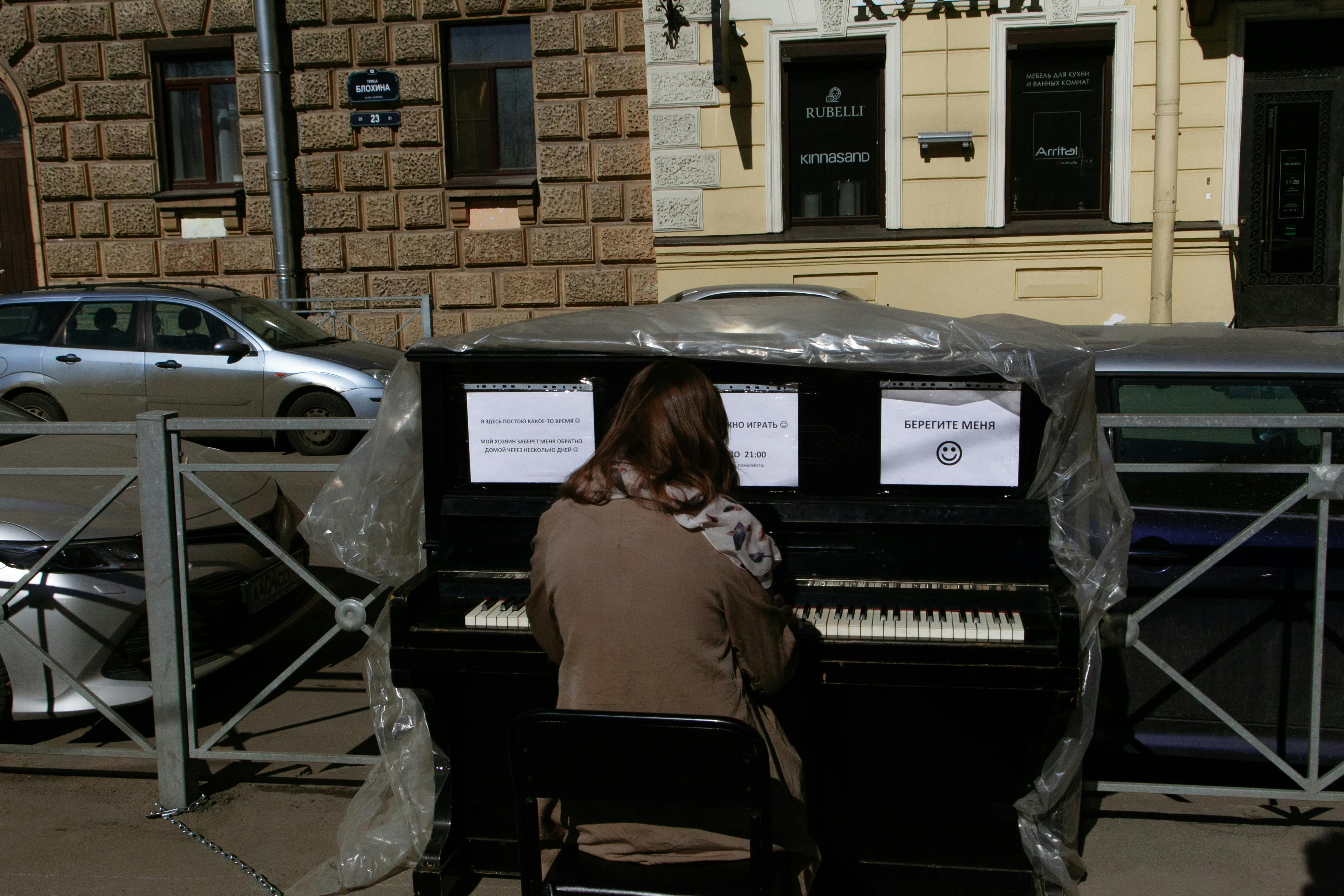His early life
The Yongle Emperor was born in 1360. He was the fourth son of Zhu Yuanzhang, a man of exceptional talent and ambition who had risen from obscurity to take the throne as Emperor Taizu and who founded the Ming Dynasty.
At the tender age of eleven, Zhu Di received the title of Prince of Yan. This was more than just an honorary title and his responsibility in this position was to help secure the northern borders against the constant threat of raiders and invasions. It was based on Beiping, which by then was a largely abandoned city, but which was still the strategic center from which to protect the north of the Empire.
Zhu Di grew up in what was effectively a military camp. By the time he was in his early twenties, he had led a series of successful offensives against the Mongols. He quickly distinguished himself as a leader endowed with considerable courage and energy, but also great ambition. In his formative years he helped reform the structure of his army by making more extensive use of light cavalry, this enabled him to match the Mongols and meant that it was possible for him to pursue the enemy across the steppes.
When the Crown Prince died in 1392, there was a power struggle over who should be nominated as the new heir. In the end, the ever-ambitious Zhu Di lost to his nephew Zhu Yunwen.
Rebellion
In 1398, Emperor Taizu finally died. Twenty-one-year-old Zhu Yunwen was crowned the Jianwen Emperor. Almost immediately there was tension between Jianwen and Zhu Di. This was first manifested in an argument when Jianwen, fearful of Zhu Di’s intentions, refused to allow Zhu Di and his military entourage to go to the capital and visit his father’s grave. Then, Jianwen began to move more decisively against Zhu Di, first issuing edicts to strip the princes of powers and then appointing loyalists to key positions around him.
Finally, in July 1399, Zhu Di began to openly rebel against Emperor Jianwen. He claimed that he had been forced to take this action to purge the court of bad influences and bad advisers.
What was three years of civil war during which Zhu Di and his son Zhu Gaoxi demonstrated their military acumen and bravery in a series of battles. In 1402 he boldly bet on a march on Nanjing and the Emperor’s Palace. This plan worked perfectly and took Jianwen by surprise. In the chaos that followed when Zhu Di entered the city, the Palace caught fire. Emperor Jianwen and his wife were almost certainly burned to death in hell, although their remains could not be identified.
As emperor
Four days after the fire, Zhu Di assumed the throne as Yongle Emperor. He chose the kingdom name Yongle (or Yong Le) which means “perpetual happiness”; however, he could hardly have chosen a less appropriate name given his actions in the months that followed. He first set out to ruthlessly purge all of Jianwen’s supporters and anyone he felt might be a threat to him. He made extensive use of the punishment of ‘nine exterminations’ which not only meant the execution of the person himself but of his entire extended family. Most famously, he ordered the execution of scholar Fang Xiaoru for refusing to write him a keynote address, along with his entire family and students, supposedly a total of about 870 people.
In all, some 10,000 people were believed to have been executed in the weeks following the rise of the Yongle Emperor. One of the few survivors of this purge was Jianwen’s two-year-old son, Zhu Wengui, who was imprisoned and then forgotten for fifty years.
Forbidden palace
With the Nanjing Palace destroyed, the Yongle Emperor returned to Beiping, which became the de facto capital. In 1406 he finally began to build a palace in the city; To match his ambition, this palace was built on an epic scale. In 1421, after a great cost in both money and lives, the palace was completed. Later, the palace would be known to the world as the Forbidden City. With his palace completed, he decided to formally declare Beiping as his new capital. In doing so, he changed the name from Beiping (meaning North Pacific) to Beijing (Northern Capital). As part of the infrastructure work, it had also invested huge resources in the repair and improvement of the Grand Canal, as it vastly improved transportation to the city.
Zheng He
From 1405 until his death he sent the eunuch Zheng He and a huge fleet of ships on a series of expeditions through Asia and Africa and, perhaps, as far as the Americas. Rumor has it that the main purpose of these quests was to try and find Emperor Jianwen, as Emperor Yongle became increasingly concerned that he might have survived the palace fire and be ready for revenge. Other reasons could have been the search for the elixir of life or simply curiosity.
Death
During his reign, he personally led five expeditions to the northern borders to subdue the raiders and pacify the region. In 1424 he commanded an expedition against the Mongol chief Alutai, however in doing so he contracted a disease and died on his way back to Beijing.
In 1407, Empress Xu had died and the emperor had chosen a site for her tomb near Beijing and began construction of a huge mausoleum. This area was later used by successive emperors and is now known as the Ming Dynasty Tombs. His grave (and that of the empress) is called Changling.
Legacy
His reign is considered one of the golden periods in Chinese history and coincided with a zenith in Chinese power. However, despite this, his personal achievements are largely overshadowed by his legendary violence. Although towards the end of his reign he began to publicly express remorse for his actions, these did not correspond to facts: in 1420 he believed that one of his favorite concubines had been poisoned and ordered the execution of 2,800 court ladies by persistent ones. method of ‘death by a thousand cuts’.




